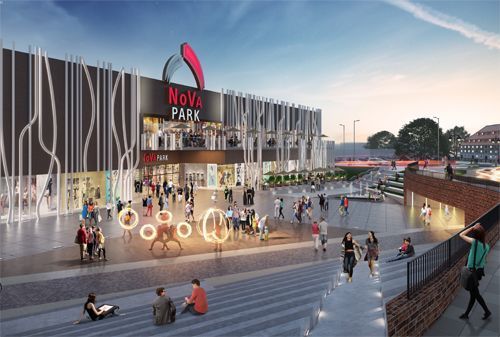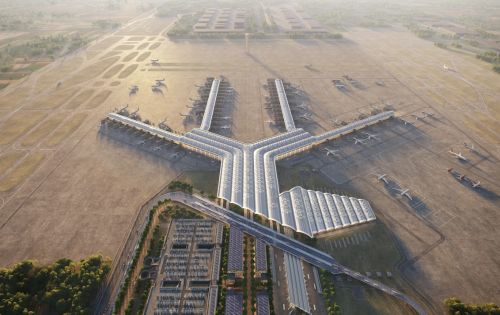After a quarter of a century of development, the Polish retail market now totals more than 13.5 mln sqm. The early days were the easiest: a hypermarket was enough for consumers to turn up in droves to do their shopping. As time went by, new generations and types of retail buildings emerged and plots in smaller and smaller towns have been filled up. Poland has now caught up with Western Europe and, according to the Polish Council of Shopping Centres, the retail space saturation is nearing 300 sqm per 1,000 inhabitants across the country. If you factor in the development of online retail, we now have a picture of a market that has become ever more competitive, while the battle for customers has become increasingly fierce. So the best approach now is to attract shoppers with a new design or an improved and extended range of brands.
Downhill
Extensions and modernisations themselves are not a new phenomenon, but they recently peaked in 2015. Every third square metre completed last year wa































































